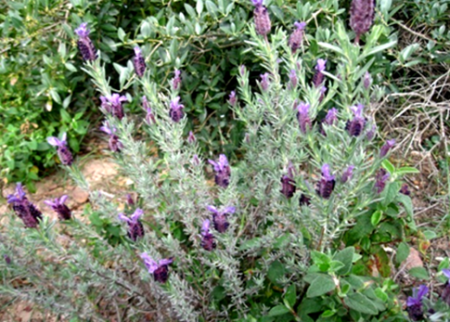
Objective:
The Lavandula is an important species due to medicinal and aromatic properties. The local species population is suffering from Anthropozoic pressure improved by cutting and animal scuttling which made it essential to preserve the species population. Our work aims to test some ways of specie propagation.
Context:
This work was part of the EOPLANTMED Project (www.ecoplantmed.eu). The project aims to contribute to halting the loss of biodiversity and to promote a sustainable development model in the Mediterranean region by enhancing the conservation of native plants and promoting their use in habitat restoration and the plant production sector.
Contacts:
Issam Touhami, issam_touhami@yahoo.fr, www.inrgref.agrinet.tn
Hamdi Aouinti, hamdiiouinti@gmail.com, www.inat.tn
Salma Sai-Kachout, salmasey@yahoo.fr, www.inrat.agrinet.tn
Kaouther Elhamrouni, kaouther.elhamrouni@gmail.com, www.inrgref.agrinet.tn
Further information:
ISTA. 2009. Règles internationales pour les essais de semences. Bassersdorf, Suisse : Association internationale d’essais de semences (AIES).